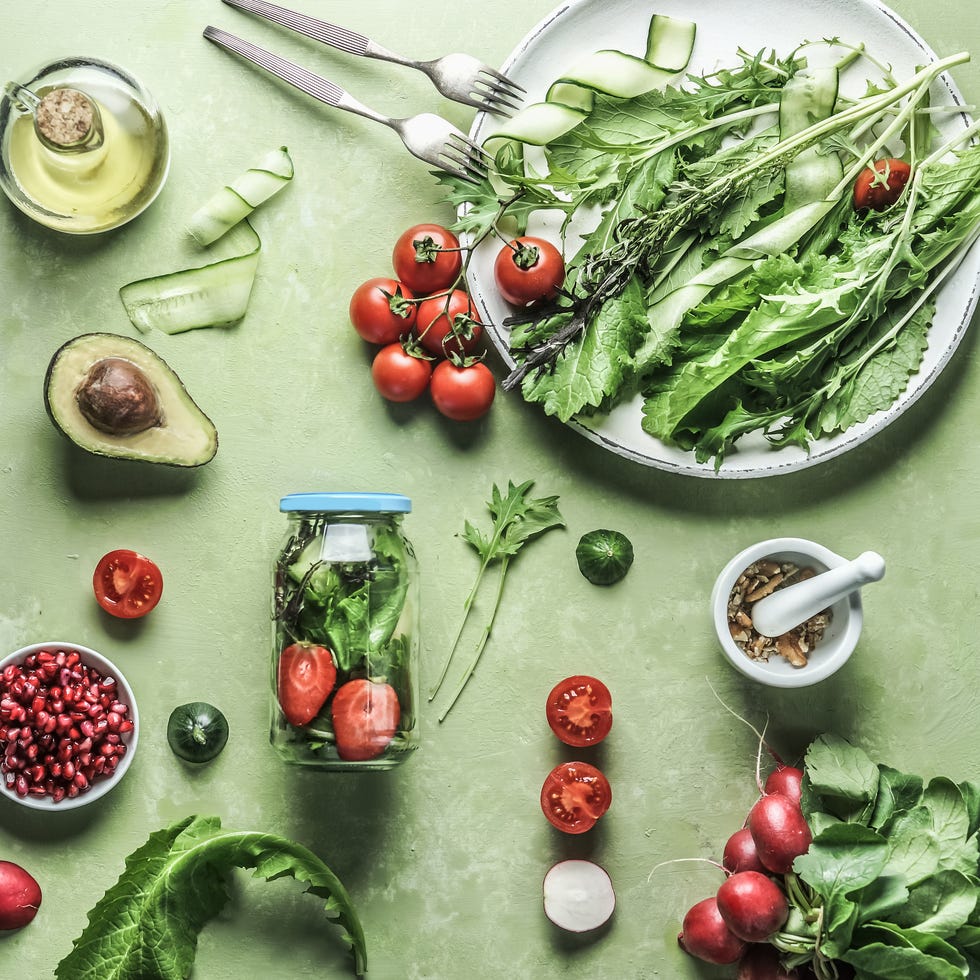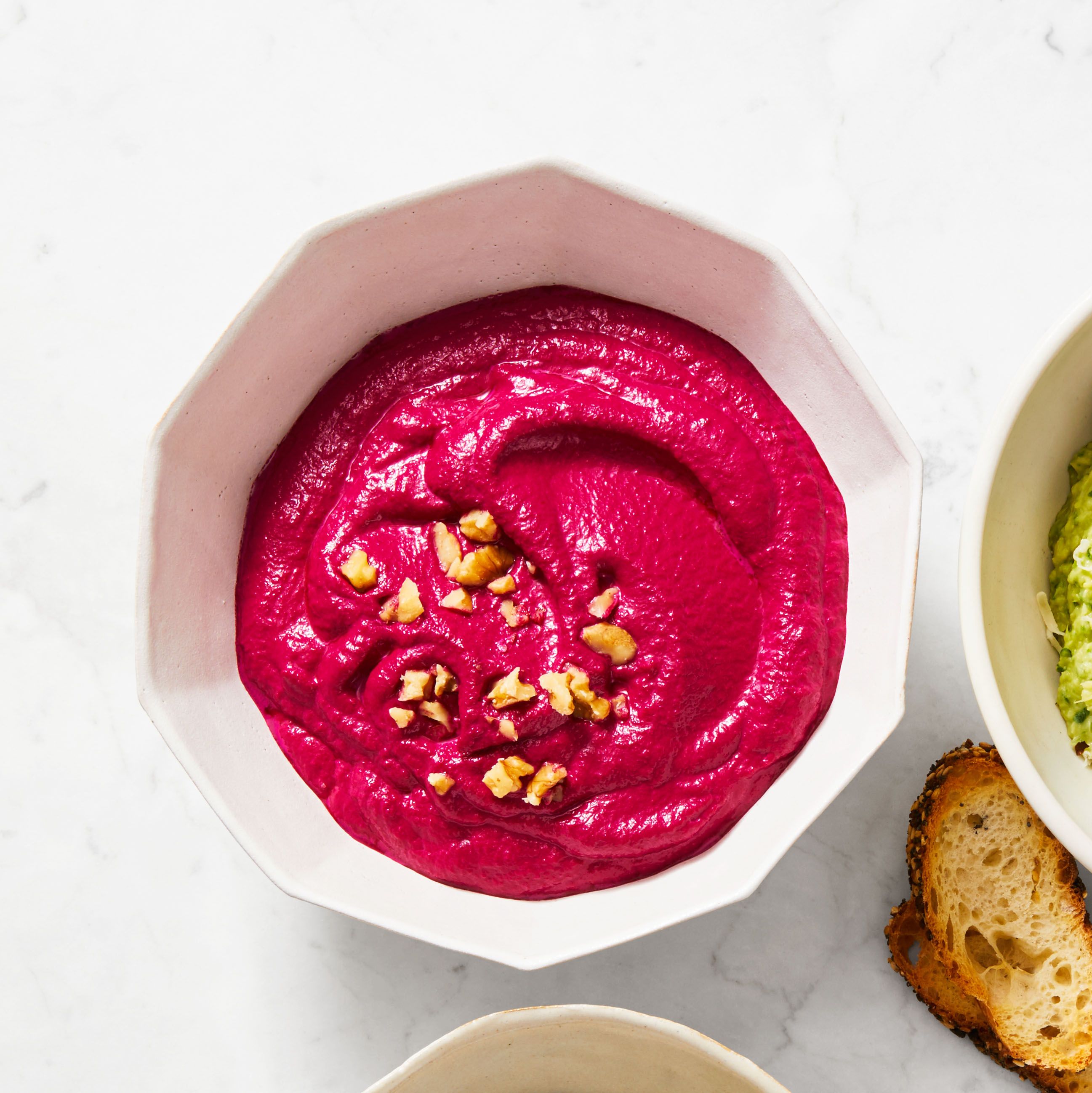Check in! We’re at week seven of eight! As we near the end of this program, let’s take a moment to think back on any highlights for you so far. Reflect on any improvements you’ve seen in your overall health and wellness.
This week, we’ll talk about making mindful eating a daily habit that you hopefully engage in multiple times a day. Between balancing work, family, and all the other demands of everyday life, eating can sometimes become very routine. Maybe you have to grab a quick bite while answering emails or just want to relax at the end of a long day and eat dinner in front of the TV. It seems like eating has become a mindless and automatic task. But have you ever taken a moment to slow down and savor your meal? What would happen if you took the time to appreciate every bite?
By slowing down and learning to eat mindfully, you can encourage not only nutritious food choices but also foster a healthy relationship with food and your body. A good rule of thumb is to eat something every three to four hours during the day. Going too long without food may cause you to feel ravenous and reach for a quick fix. But the best times to eat are dictated by your own body. Practice listening to your own body and becoming familiar with your hunger cues. By slowing down and learning to eat mindfully, you can encourage not only nutritious food choices but also foster a healthy relationship with food and your body.
Here are some tips for eating mindfully, an important pillar of building healthy habits around food:
What is mindful eating?
The short definition of mindful eating is incorporating mindfulness practices at all meal and snack times. According to The Center for Mindful Eating, “Mindfulness is the capacity to bring full attention and awareness to one’s experience, in the moment, without judgment. Mindful eating brings mindfulness to food choice and the experience of eating.” They describe that the technique allows you to become more aware of inner wisdom around physical hunger, satiety cues, and food selection too.
What are the benefits of mindful eating?
Although mindful eating can be tough to master and doesn’t happen overnight, taking time to bring mindfulness to your meals can provide tremendous comfort and satisfaction. Some benefits of following this technique include that it:
- Helps you become more in tune with your body: Mindful eating can help shift the focus of control from external authorities and cues to your body’s own inner wisdom.
- Promotes a healthy relationship with food: By allowing yourself to become more aware of inner physical hunger and satiety cues, this can help guide your eating decisions.
- Enhances the eating experience: An important mindful eating step focuses on utilizing your senses, allowing you to get more immersed in the eating experience and acknowledge responses to food without judgment.
- Provides a sense of empowerment: By blocking out external cues and distractions, learning to listen to your body and incorporate mindfulness can help you feel in control and empowered with your food choices.
- May promote healthy weight loss: By eating without distractions and slowing down during mealtimes, this can lead to natural portion control and giving your body proper time to digest a meal and feel full, which may help with weight management. Research continues to show a beneficial association between mindful eating and weight loss.
How to get started?
When it comes to mastering this technique, there are a few steps that can help guide you through mealtime and provide some support for understanding mindfulness when it comes to food.
- Examine your hunger and appetite: Hunger is your physiological need for food whereas appetite is your desire for food. Try to examine how your body is feeling at the beginning of a meal; are you eating out of boredom or anxiety? Conversely, have you let your body go too long without food? Slight hunger is okay but anything more severe can make it difficult to slow down and eat mindfully. Commit to incorporating balanced meals throughout the day so you have an appetite at mealtimes but aren’t ravenous.
- Start with gratitude: Take a minute or two to pause and appreciate the food in front of you. Choose to be present here and focus on gratitude for your body, this incredible meal and everything and everyone that went in to preparing it. Are you sharing this eating experience with any friends or family? Take a moment to reflect and express your gratitude for them too.
- Limit distractions: In order to fully immerse yourself in mindful eating, it’s important to disconnect from electronics and major distractions. Silence your phone, turn off the TV, and sit down at the kitchen table so you are fully present in the meal.
- Utilize your senses: Pay attention to the different flavor profiles in your meal and the aroma of the food. How does the food sound when you chew it? Does it feel crunchy or smooth when you take a bite? What flavor notes do you pick up on? Do any of these tastes or textures change as you continue eating the meal? These are examples of questions you can ask yourself during the mindful eating experience.
- Slow down: Take time to chew your food, savor the flavor and appreciate each bite. If you find that you’re still going very fast, try to set your fork down after every few bites. It takes about 20 minutes for your stomach to signal to your brain that it’s full. Give yourself time to digest the meal and get in tune with satiety, the feeling of fullness and satisfaction that you get from eating.
Start small by just focusing on one of the steps listed above, like noting the vibrant flavor and texture of your food or taking a moment to appreciate the meal that made it to your table.
Tips for success:
Don’t get discouraged if your first experience with mindful eating doesn’t go as planned. Be patient with yourself; we are constantly inundated with food and nutrition information that it can be tricky to get back to basics and listen to our body.
Make it obvious.
- Place phones and electronics in a basket at the beginning of mealtime to minimize distractions.
- Put a journal near the kitchen table so you can reflect after your meal.
Make it attractive.
- Put your favorite fruit and non-starchy vegetables on the table.
- Set out a nice decorative tablescape so you have something to look forward to.
Make it easy.
- Choose foods that you like and that are easy to prepare.
- Serve yourself a glass of water with lemon or lime slices instead of a sugary drink or alcohol.
Make it satisfying.
- Journal your thoughts after your meal.
- Take a relaxing walk once you’re done with your meal.
How to habit stack mindful eating:
- Eat before or after meditating and consume a glass of water before and after your meal to meet your hydration goals.
- At the beginning of your meal, express gratitude for the food on your table.
Recipes:
Try out some new ideas to help you along your journey.
← Back to Challenge / Go to Day 8 →
Nutrition Lab Deputy Director
Stefani (she/her) is a registered dietitian, a NASM-certified personal trainer and the deputy director of the Good Housekeeping Institute Nutrition Lab, where she handles all nutrition-related content, testing and evaluation. She holds a bachelor’s degree in nutritional sciences from Pennsylvania State University and a master’s degree in clinical nutrition from NYU. She is also Good Housekeeping’s on-staff fitness and exercise expert. Stefani is dedicated to providing readers with evidence-based content to encourage informed food choices and healthy living. She is an avid CrossFitter and a passionate home cook who loves spending time with her big fit Greek family.






